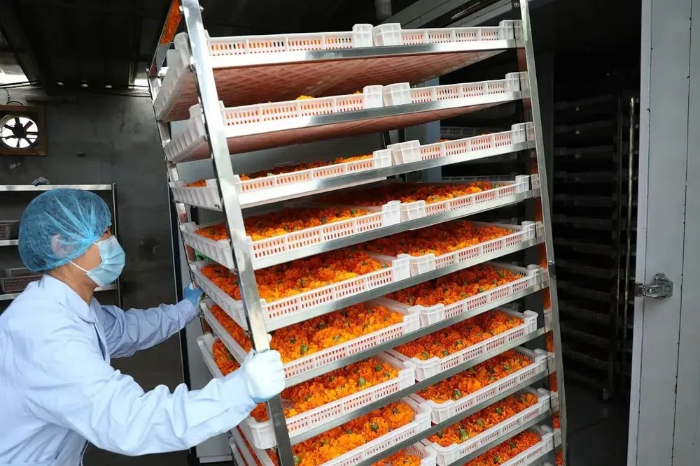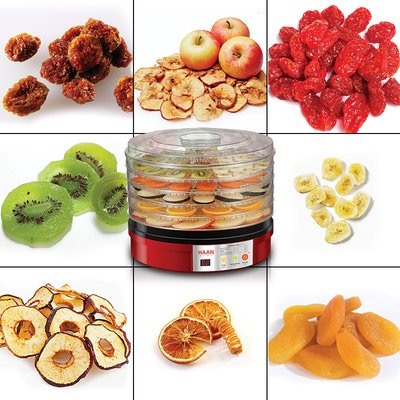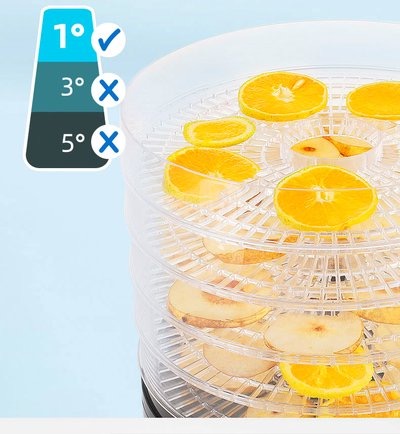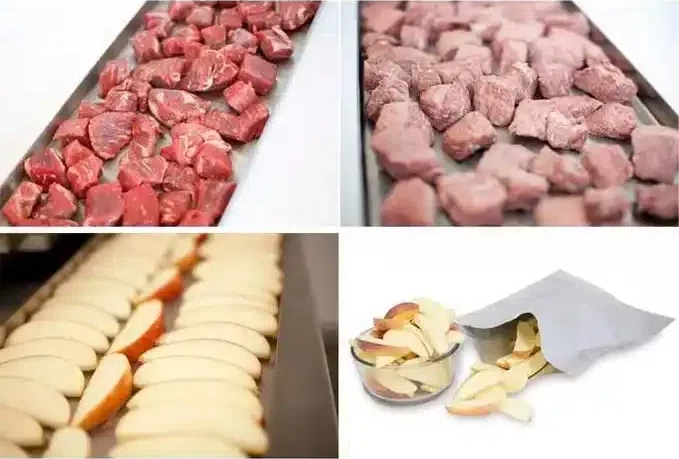
Content Menu
● Introduction
● Understanding Food Drying
● Types of Food Drying Machines
>> Food Dehydrators
>> Heat Pump Dryers
>> Solar Dryers
● How Food Drying Machines Work
● Advantages of Using Food Drying Machines
>> Nutritional Benefits
>> Cost-Effectiveness
>> Environmental Benefits
● Choosing the Right Food Drying Machine
>> Capacity
>> Energy Efficiency
>> Features
● Maintenance and Care for Food Drying Machines
>> Cleaning
>> Storage
>> Troubleshooting
● Conclusion
● Frequently Asked Questions
>> 1. What types of foods can be dried using a food dehydrator?
>> 2. How long does it take to dry food in a dehydrator?
>> 3. Are dried foods as nutritious as fresh foods?
>> 4. Can I use a regular oven to dry food?
>> 5. What is the best temperature for drying fruits and vegetables?
Introduction
Food preservation has been a crucial aspect of human survival and culinary practices for centuries. Among various methods, drying food stands out as one of the oldest and most effective techniques. With the advent of technology, food drying machines have revolutionized the way we preserve food, making the process more efficient and accessible. This article explores the significance of food drying machines, their working mechanisms, and their advantages in modern food preservation.

Understanding Food Drying
Food drying is the process of removing moisture from food to inhibit the growth of bacteria, yeasts, and molds. This method not only extends the shelf life of food but also concentrates flavors and nutrients. Compared to other preservation methods like canning and freezing, drying is often more energy-efficient and retains more of the food's original taste and nutritional value.
Types of Food Drying Machines
There are several types of food drying machines available on the market today, each designed to cater to different needs and preferences. The most common types include:
Food Dehydrators
These machines use a fan and heating element to circulate warm air around the food, effectively removing moisture. They come in various sizes and capacities, making them suitable for both home and commercial use.
Heat Pump Dryers
Utilizing advanced technology, heat pump dryers recycle hot air to dry food efficiently. They are known for their energy efficiency and ability to maintain lower drying temperatures, which helps preserve the food's nutritional content.
Solar Dryers
For those looking for an eco-friendly option, solar dryers harness the sun's energy to dry food. While they are less common, they are a sustainable choice for drying fruits and vegetables in sunny climates.
How Food Drying Machines Work
Food drying machines operate on the principle of heat and airflow. The process begins by placing food items on trays within the machine. As the machine heats up, warm air is circulated around the food, evaporating moisture. The moisture-laden air is then expelled, allowing fresh, dry air to enter and continue the drying process. This cycle continues until the food reaches the desired level of dryness.

Advantages of Using Food Drying Machines
The benefits of using food drying machines are numerous:
Nutritional Benefits
Dried foods retain most of their nutrients, making them a healthy snack option. They are rich in vitamins and minerals, providing a concentrated source of nutrition.
Cost-Effectiveness
By drying surplus fruits and vegetables, consumers can save money and reduce food waste. Dried foods can be stored for long periods, allowing for bulk purchases and seasonal savings.
Environmental Benefits
Food drying machines contribute to sustainability by reducing food waste. By preserving food that might otherwise spoil, these machines help minimize the environmental impact of food production and disposal.
Choosing the Right Food Drying Machine
When selecting a food drying machine, several factors should be considered:
Capacity
Depending on the volume of food you plan to dry, choose a machine with an appropriate capacity. Larger machines are ideal for families or those who frequently dry food.
Energy Efficiency
Look for models that are energy-efficient to save on electricity costs. Heat pump dryers are particularly known for their low energy consumption.
Features
Consider additional features such as adjustable temperature settings, timers, and ease of cleaning. Some machines come with preset functions for specific types of food, enhancing convenience.
Maintenance and Care for Food Drying Machines
To ensure the longevity of your food drying machine, regular maintenance is essential. Here are some tips:
Cleaning
After each use, clean the trays and interior of the machine to prevent the buildup of food residue and odors.
Storage
Store the machine in a dry place when not in use to protect it from moisture and dust.
Troubleshooting
Familiarize yourself with common issues, such as uneven drying or overheating, and consult the user manual for troubleshooting tips.
Conclusion
Food drying machines play a vital role in modern food preservation, offering a convenient and efficient way to extend the shelf life of various foods. By understanding the different types of machines available and their benefits, consumers can make informed choices that align with their dietary needs and sustainability goals. Embracing food drying not only enhances culinary experiences but also contributes to a more sustainable food system.

Frequently Asked Questions
1. What types of foods can be dried using a food dehydrator?
A variety of fruits, vegetables, herbs, and meats can be dried using a food dehydrator.
2. How long does it take to dry food in a dehydrator?
Drying times vary based on the type of food and the machine used, typically ranging from 4 to 12 hours.
3. Are dried foods as nutritious as fresh foods?
Dried foods retain most of their nutrients, although some vitamins may be lost during the drying process.
4. Can I use a regular oven to dry food?
Yes, a regular oven can be used for drying food, but it may not be as efficient as a dedicated dehydrator.
5. What is the best temperature for drying fruits and vegetables?
The ideal temperature for drying fruits and vegetables typically ranges from 125°F to 135°F (52°C to 57°C).












